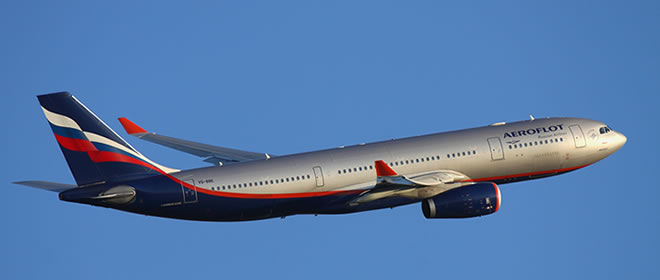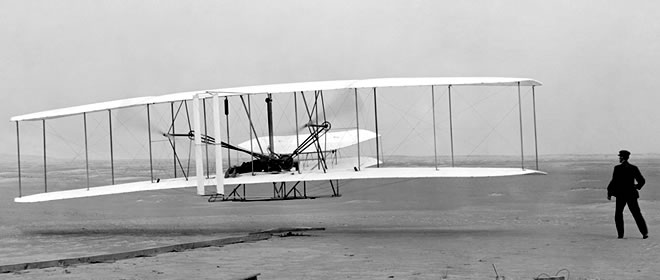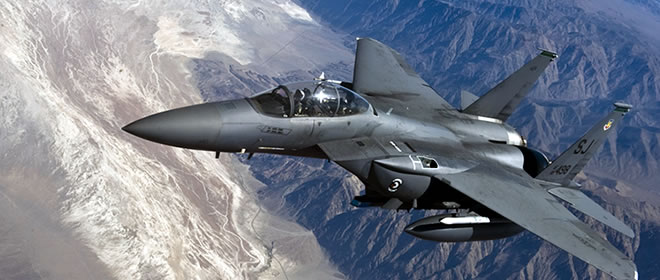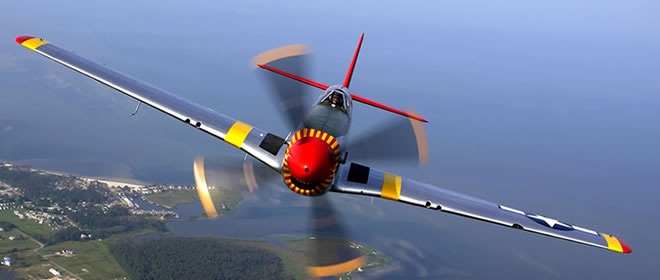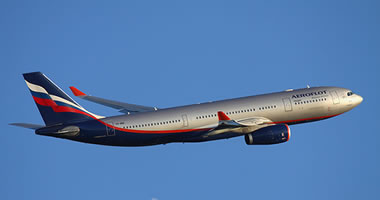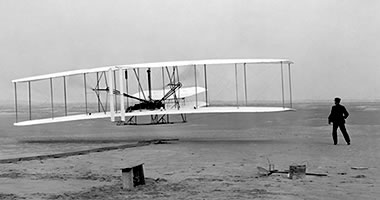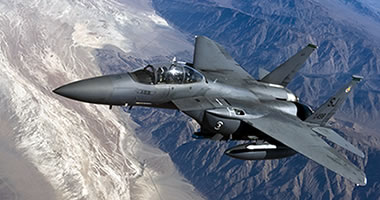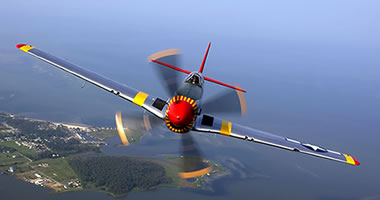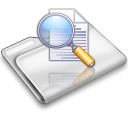Portreath
PORTREATH: Military aerodrome
Note: The first two pictures are by the author and taken through perspex. The third picture (2017) was obtained from Google Earth ©
Military users: WW2: RAF Fighter Command 10 Group (Sector station)
130 (Punjab), 152 (Hyderbad) & 234 Sqdns (Vickers-Supermarine Spitfires)
276 (ASR) Sqdn (Spitfire & Supermarine Walrus & Sea Otters)
277 (ASR) Sqdn*
No: 1 Overseas Aircraft Despatch Unit (44 Group)
248 Sqdn (Mosquitos)
Note: 82 Squadron, with their Bristol Blenheims were briefly based here.
Location: Built around Nancekuke village & NW of Laity Moor village, SW of Porthtowan and 3nm N or Redruth
Period of operation: 1941 to ? (Still operational in 1985)
Gliding: In 1990s (?) to -
Runways: WW2/1944: 01/19 1234x46 hard 10/28 1646x46 hard
15/33 1052x46 hard 06/24 1234x46 hard
NOTES: To any student of WW2 aerodromes this is a beauty. In late 1944 obviously still of considerable importance with 2226 RAF and 505 WAAF personnel on station, but why was this? Also, what was the reason for building the unusual fourth and off-set 15/33 runway?
277 SQUADRON
*277 Sqdn were initially based at STAPLEFORD TAWNEY (ESSEX) but had a detachment here. During WW2, during which time the Squadron existed, it operated Boulton Paul Defiants, Supermarine Sea Otters, Spitfires and Walrus’, Vickers Warwicks and Westland Lysanders. I have no idea if all these types saw service with the detachment here? However, later on I discovered information which seems authentic (?) stating this Squadron were based here from November 1944 to February 1945. In other words not a ‘detachment’ and it would appear they still operated Lysanders, Sea Otters and Spitfires – alongside the Warwicks. Throughout attempting to produce this ‘Guide’ it has been quite a task to try and distil something reasonably accurate from the vast amount of information available.
248 SQUADRON
Alongside the humanitarian ASR tasks taking place here, the Mosquitos of 248 Squadron, based here from January 1944, were employed on the offensive to attack shipping and U-boats in the Bay of Biscay. The squadron operated both the Mk.VI and Mk.VIII types, the latter being armed with a 57 mm cannon adapted from an anti-tank weapon, and apparently quite capable of piercing a U-boat hull. It appears the Mk.VIs acted as fighter escorts for the Mk.VIIIs.
It now seems to me that the very important, in fact critical work of the squadrons assigned to the task of attacking marine targets in the Bay of Biscay and the German installations, especially the U-boat pens, has for some strange reason become somewhat ignored. If Churchill was alive today I’m quite convinced he would agree that effective attacks in this region were, if anything, just as important as any attack on major German cities. For example, winning the ‘Battle of the Atlantic’ was far more important to the survival of the UK than winning the side-show ‘Battle of Britain’ over the south-east of England.
But of course, for the myth makers such as most media and film producers, the ‘Battle of Britain’ is an easy subject to exploit. It requires considerably more skill and imagination, and probably expense, to portray the ‘Battle of the Atlantic’. Plus of course the majority of the aircraft types involved were trashed after WW2. It might seem very odd today but the majority of RAF ‘second level’ senior staff appear determined to destroy nearly every example of the aircraft they operated, pretty much as soon as the war ended. And, what’s more, they had absolutely no plans to have any of the classic types preserved, even for museums. Why?
WAS EVERYBODY 'ON SIDE'?
It is something I certainly did not expect to think about when starting this ‘Guide’ but as the years progress I have the uncomfortable feeling that the evidence seems to indicate a certain amount of Nazi sympathisers were engaged at quite senior levels in the Air Ministry and RAF, which, when you come to think about it, is perhaps hardly surprising given that our Royal family was basically of German origin and changed their name to Windsor during WW2. I suppose the changing of name was mostly an act of political expediency, but it seems to follow that many in the ‘establishment’ were inclined to keep to long established traditional allegiances?
Seems to make sense? Don’t forget, it is on record that Hitler appeared quite perplexed that the UK didn’t decide to join him in the conquest of Europe and beyond. It must have seemed to him quite bizarre that our allegiance was with the USA, (who didn’t support us for some time in WW2 until it suited them), on the other side of the Atlantic, and of course, historically a sworn enemy of the British Empire. Indeed, they fought a war to gain their independence.
The trouble, I now realise, with producing a Guide to British flying sites, is that sooner or later it is required to gain an understanding of international affairs. A bit late in the day for me of course, but I do find the subject increasingly fascinating. For example, after they joined in during WW2, the Americans were certainly following their own agenda and this has continued to the present day, the UK now mainly being a lap-dog to support aggressive US policies in the Middle East, including of course, Afghanistan.
It is also now well known (alledgedly) that all major advances in aviation after WW2, produced by the best people in the UK, was given free of charge to the Americans. In return we received almost nothing of value and for once our politicians are totally correct – this is indeed a special relationship.
TOWING TO AFRICA
In the book The Golfish Club by Danny Danziger, there is an account by John Prout of ditching a Horsa glider in the Bay of Biscay, after they and the Halifax tow-plane were attacked by Junkers 88s. They had been briefed that if attacked the glider had to detach itself as the Halifax could not manoeuvre whilst towing. This was their second flight as part of Operation Elaborate in 1943 whereby large gliders were towed from the UK to North Africa to help support the invasion of Italy etc. He doesn't say if all these flights departed from PORTREATH, but his two departures were from here - the first without incident.
On his first flight the initial landing was made in Rabat, Morocco, after a ten hour flight. Then after resting they had a six hour flight to Sousse in Tunisia. These big gliders were very heavy on the controls, especially when being towed at 140mph. (The normal flying speed for a Horsa was 60mph). Although three pilots were assigned to each glider, it was still a very arduous task spread over ten hours. Perhaps incredibly they were rescued by a Royal Navy ship, (part of a flotilla searching for U-boats), and they were taken back to Plymouth. Later John Prout flew a Horsa during the D-Day invasion.
A BIT MORE INFO
There is a very interesting video available with a lot of content regarding PORTREATH. See:
https://www.youtube.com/watch?v=tA_lUY49dgA
We'd love to hear from you, so please scroll down to leave a comment!
Leave a comment ...
Copyright (c) UK Airfield Guide
